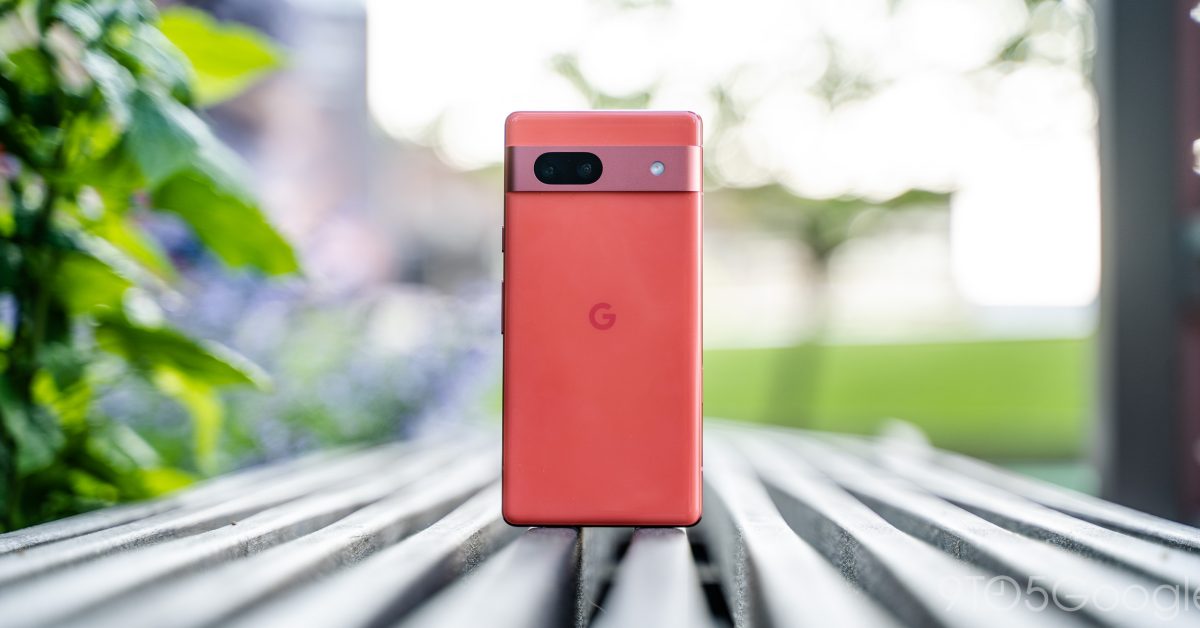Android is struggling to keep its market share in the United States, as Apple continues to take over in the market. But, despite Android as a whole losing ground, Google Pixel phones are becoming a bigger slice of the US market.
Counterpoint Research reports that, in Q2 2023, US smartphone shipments dropped by 24% year-over-year. That includes both iPhones and Android phones, and virtually every brand saw a drop in shipments. Samsung saw US shipments drop by 37% while Motorola saw a 17% drop. TCL saw the biggest decline at just shy of 70% year-over-year, and even Apple saw a 6% drop.



It’s nowhere near as good as the competition, who are also cheaper.
Adaptive refresh rate means it’s not locked to 60hz or 120hz - it can go from 1hz to 120hz at many different refresh rates depending on need. Watching a 30fps video? 30hz it is. 60fps game? 60hz it is.
Sony lock to 60 or 120 with no inbetweens and no dynamic changing.
A 120Hz display can show videos / games of lower refresh rates with no problems. Not a frame is lost as long as it’s higher.
LTPO screen tech is better. Adaptive refresh rates gives you significantly better battery life while making the content look better because it’s not giving you that motion interpolation visual. Displaying content at its native refresh rate is always best.
An always on display at 60/120hz is going to use absurd amounts of battery compared to one at 1hz.
It doesn’t happen. Quote from wiki:
For the battery usage I have yet to see my phone dropping below 50% (charging once per day) so I don’t see a issue there.
If your phone had an LTPO screen like all the other flagships you’d be ending the day with 70% instead of 50.
Adaptive refresh rate is better. There’s no arguing this.
It’s better in theory but if it makes no practical difference then I don’t consider it to be a useful feature. Especially when we’re comparing with SD card slot and 3.5mm jack which I use everyday.
It makes a world of practical difference - it’s a massive battery saver.
I consider LTPO essential. I don’t consider a 3.5mm headphone jack essential, nor an SD card slot. We all consider different things differently. Very few people think the things that you believe are essential are actually essential, hence Sony being on the verge of exiting the phone market.
A practical difference how? Do you frequently use your phone for several days without charging it?
I’m a heavy user of my phone. Having it be constantly 120hz would mean I’d have to charge it multiple times a day vs just once.